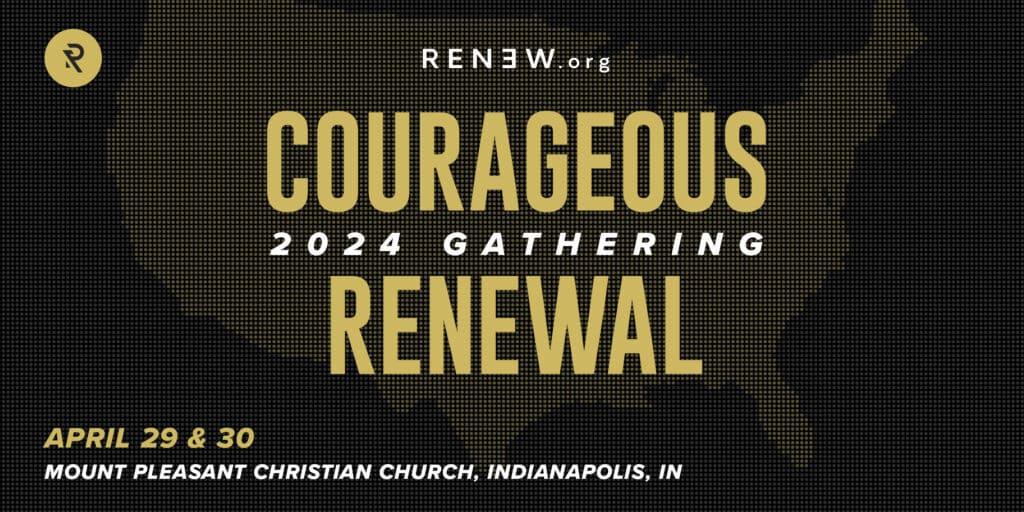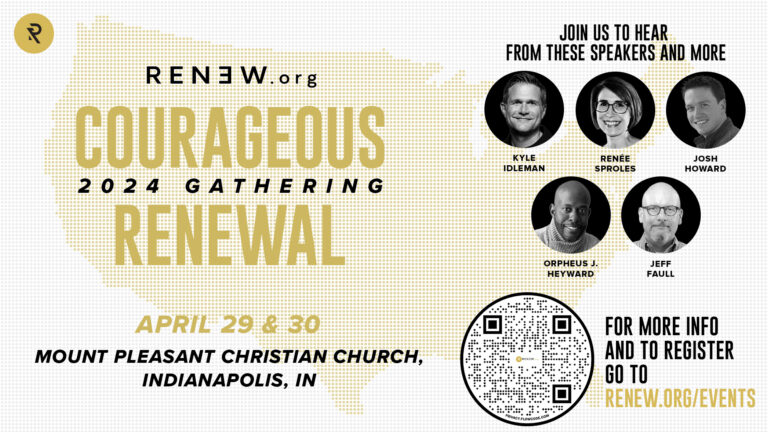Jesus took three and a half years before commissioning his disciples as disciple makers. His disciple making combined grace + truth + time and can be understood in five phases. His disciples started as non-believers and ended as disciple makers and church leaders.
So, what were the phases of Jesus’ disciple making master plan?
A few years ago, I led a group of discipleship leaders (and others) to Israel to follow the life of Jesus together and to explore his phases of disciple making. Bill Hull and James Fleming joined as subject experts.
Bill is a close friend and has published more on discipleship than any other leader in the last thirty years. Bill has written extensively about four phases (the first three are the same as what you will see in this series).
James Fleming is a legend in Israel. He lived there for over thirty years, training Arab and Israeli tour guides on the archaeology of Jesus’ life. He is considered by many to be the world’s leading teacher of biblical archaeology and is a devout Christian. He has written on the phases of Jesus’ ministry and has personally walked everywhere in Israel that the Bible says Jesus walked (and that is a lot of walking!). He has a keen sense, in his bones, of what it felt like to follow Jesus around in Israel.
Both Bill and James affirmed that the following phases are a legitimate mapping of the phases of Jesus’ ministry that turned the disciples into disciple makers.
A presidential term in the U.S. is four years. Jesus only took a little over three years to turn those who initially did not know him into disciple makers. Those three years led to the development of people who changed history.
Jesus followed a timeline with his disciples that resulted in a multiplying movement and the rapid expansion of the early church—and resulted in disciple making.
We have identified five phases and have found these phases particularly helpful in seeking to raise up disciple makers in the local church. I am persuaded that the phases of Jesus’ master plan apply just as much today as they did in the first century.
Let’s look at each one and note how they can help you make disciple makers.
State #1 – “Come and See” Phase (John 1:39–4:46)
The first phase of the journey to make disciple makers begins with Jesus’ baptism by John at the Jordan River, likely in the year 26 A.D. (C.E.). The Gospel of John provides a good picture for us. John describes the day after Jesus’ baptism.
“The next day again John was standing with two of his disciples, and he looked at Jesus as he walked by and said, ‘Behold, the Lamb of God!’ The two disciples heard him say this, and they followed Jesus. Jesus turned and saw them following and said to them, ‘What are you seeking?’ And they said to him, ‘Rabbi’ (which means Teacher), ‘where are you staying?’ He said to them, ‘Come and you will see.’ So they came and saw where he was staying, and they stayed with him that day, for it was about the tenth hour” (John 1:35–39).
This text describes the first time Andrew and Peter meet Jesus. I like Jesus’ response to the fact that they were seeking (an interesting word); he simply said: “come and see.”
This first phase is aptly called the “come and see” phase because, for some time, the disciples are simply in relationship with Jesus, watching what he says and does. They get to experience Jesus
- Attending a wedding in Cana 2, a highly relational event where they also shared some good wine (John 2),
- Turning over the tables in the temple (John 2),
- Discussing being “born again” with Nicodemus at night (John 3),
- Speaking with the Samaritan woman at the well (it is a cool well that you can see and experience to this day) (John 4),
- Being rejected in his home town of Nazareth, which was a small town with only several hundred people (in Luke 4).
In each of these settings, there are two things to note:
- People are simply in relationship with Jesus (getting to watch and know him in both enjoyable and tough situations).
- They are not yet called into a commitment. They get a front-row seat to see and listen to what God would do (and does do) in a real human life.
Conversion is a process and Jesus loves his disciples well by letting them get to know him before he calls for a commitment.
How do we apply the principles from this phase today?
In a like manner, we must remember that both parts of discipleship are a process—it is a process before conversion and it is a process after conversion. This first phase is before conversion. Like Jesus, we need to warmly welcome those who do not yet believe into relationships where we love them, spend time with them, and let them “see our lives.”
Because of who we are as disciple makers, that will involve a lot of watching us talk about Jesus and real life and church. The lives we live are very important. The substance of the first phase is relationship and exposure.
We hope and pray that they will see our good lives and ask us for the reason for the hope that we have (1 Peter 3:13–17; Matthew 5:14–16). Non-believers are looking for love and life. Let them see that in our lives!
Invite them to small groups, church, and especially relational gatherings. Help them to hear the Word of God, privately and publicly. If you can, help create Sunday gatherings that encourage and develop disciples, but also make room for non-Christians and seekers who just want to “come and see.” First Corinthians 14: 25 describes non-believers in the early church services who would be “falling on their faces, worshipping God and declaring that God is really among you.”
Key points in the first phase:
- Discipleship and conversion are processes; give people space.
- People need relationships, love, and to see our good lives.
- Expose them to the Word of God.
(From discipleship.org. Used with permission.)











